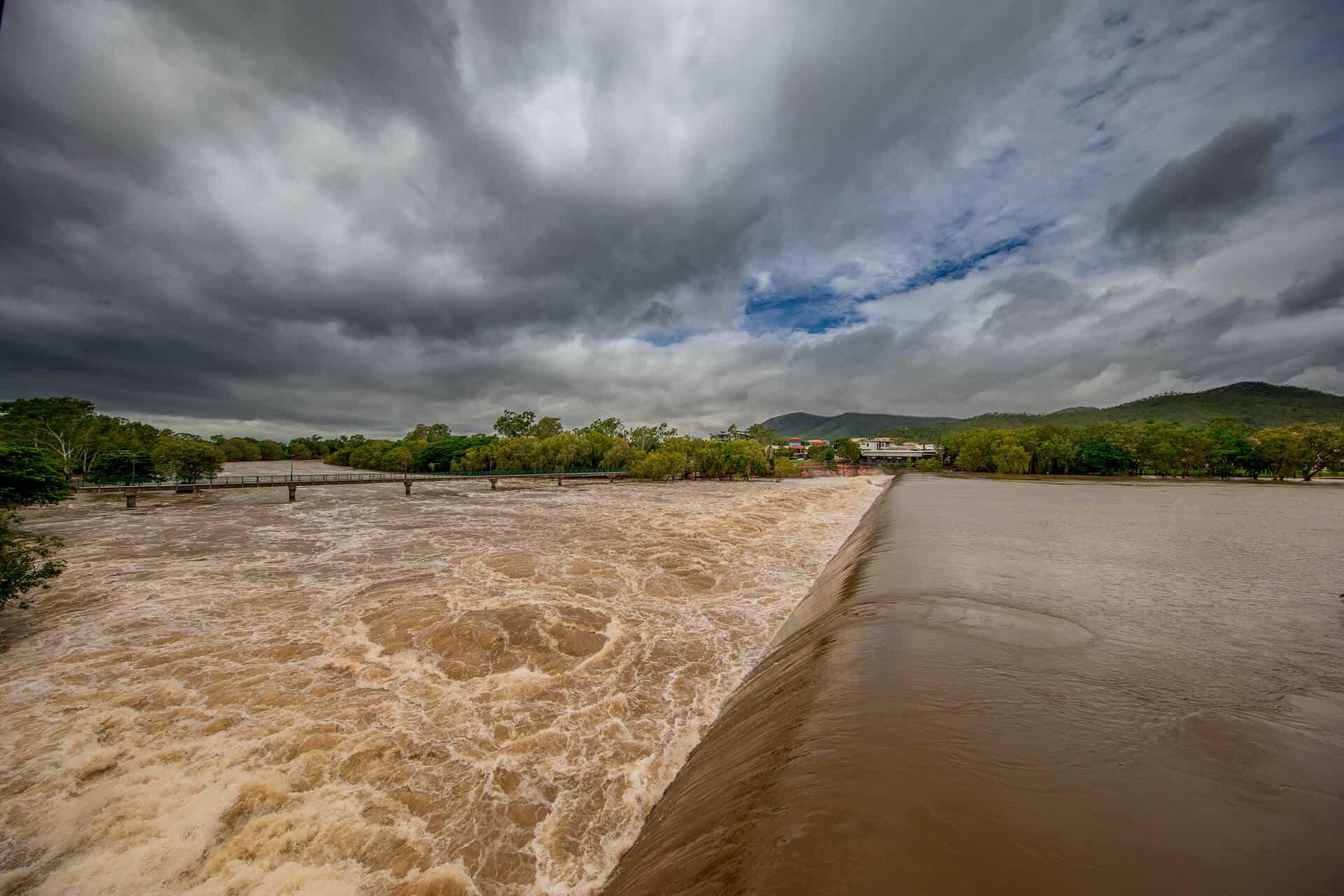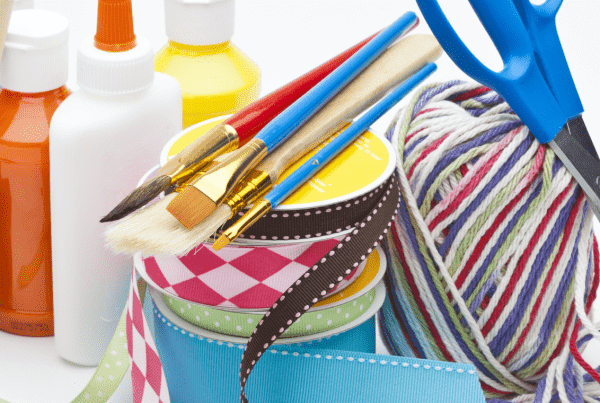Living in North Queensland means we need to be prepared for extreme weather such as cyclones and flooding during our wet season. Our coasts have seen devastating cyclones and have experienced sudden flash flooding, but through adequate planning and a wonderful community spirit, we can get through just about anything.
When summer is in full swing, rain is likely on the way, so it’s vital that we prepare for the “what ifs” that the wet season can bring. Is your home ready?
How do Cyclones Form?
Tropical cyclones start out as low-pressure systems that occur over warmer tropical oceans. The low-pressure system draws energy from the warm waters, rotating around a calm centre known as the cyclone “eye”. It then travels along the water, picking up more power as it moves. Once it reaches land, it can bring torrential rain and flash flooding, tidal surges and destructive winds of up to 280 kilometres per hour, causing damage wherever it goes.
Cyclones present themselves in categories of severity ranging from one to five, with categories three to five considered to be severe tropical cyclones. Cyclone season runs from the first of November until the 30th of April, but it’s possible for them to occur outside of this time, although unlikely. Luckily, meteorologists can identify cyclone formations well in advance, giving communities plenty of time to prepare. While we don’t always get hit with a cyclone every year, it’s vital to be prepared to minimise potential damage.
Preparing your Property
Keeping up with general property maintenance can greatly reduce damage caused by cyclones. Keep the gutters clear of leaves and other debris, repair loose tiles or roofing sheets and ensure they are all firmly fastened, and trim trees and branches close to the home. Check your garage door and window frames, ensure fences around the home are secure and fit shutters or metal screens to all glass windows and doors if you haven’t already. If you can’t install them, make sure you tape up your windows should you find yourself in the path of a cyclone.
It’s also a good idea to check if your insurance policy covers damage, power and tidal surges, flooding and debris removal. It’s worth checking the insurance for your car as well. Check in on your neighbours during this time to see if they need any
help making preparations around the home, especially if they are new to the area, elderly, have young children or a disability.
Stock Up
Put together an emergency kit. Always prepare for the worst, and and store it somewhere safe but easily accessible until it’s needed. Your emergency kit should include toiletries, a waterproof torch, cash, candles, essential medications, waterproof bags for essential documents and electronic devices as well as nappies and supplies for the littlest members of the family, if required.
Make sure you also include a first aid kit with guide book and a battery-powered, wind-up or solar-powered radio with plenty of spare batteries for all devices. Don’t forget about your pets, either; include pet food, a travelling cage and leash in your kit, as well as a familiar toy or blanket for comfort.
As for food, include a variety of dried and non-perishable foods such as tinned vegetables, beans and fish and dried fruit. Have at least three litres of water per person to last up to three days, and don’t forget a can opener and cutlery.
Keep a list of emergency numbers handy, such as the SES on 132 500 or 000 for any life-threatening situation.
Preparing Your Family
Ensure that everyone in your family is aware of your emergency plan and knows the location of your emergency and first aid kits. Although the topic can be scary, it’s important that everyone in the family, including children, are aware of the dangers. Know where your local emergency shelters are. These are usually sturdy community buildings capable of providing protection. Check your local council’s website for more info.
What about Flooding?
North Queensland’s wet season runs from November to April, in line with the length of our cyclone season. It brings longer,
warmer and more humid days, with a higher chance of rain. Since our winters tend to be dry and our summer days are hot, we love to welcome rain with open arms; but when it rains, it often pours. We sometimes get too much of it, resulting in flooding.
Flooding can result in power outages, damage to infrastructure and landslides. They make it very difficult to move around, and heavy rainfall can cause the water to rise very quickly. It all happens with little warning. You can prepare for flooding by putting together an emergency kit (the same as the cyclone emergency kit mentioned before), checking your insurance covers flood damage. If you live in a low-lying area that is prone to flooding, figure out where your nearest high ground is, and put an evacuation plan in place in case it is needed.
Remember to never drive through floodwaters as you can easily get stuck. Avoid walking through flood waters and ensure your children and pets stay away from drains.
It’s also important to stay out of creeks, rivers and waterholes during or after heavy rain. As the water moves down the mountains, the current speeds up, posing a big danger to swimmers. Stick to the backyard or local pool if you’re looking to escape the heat for a bit. That being said, when it’s safe to hit the road, it can be a great family outing to go check out the waterfalls in the region as they will be in full, spectacular flood.
The Bottom Line
In a typical year, North Queensland experiences around three cyclones on average. While it can be scary to talk about the dangers we face during the wet season, if we are adequately prepared, this will minimise potential damage. It’s all a part of living in paradise!






